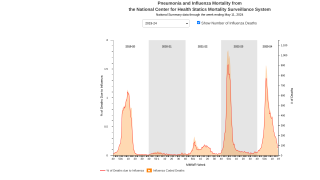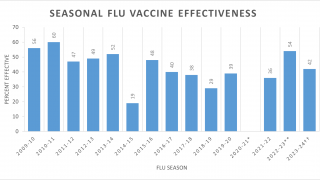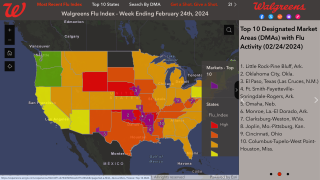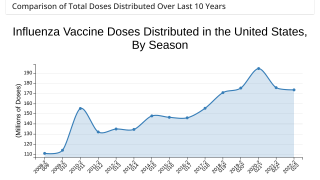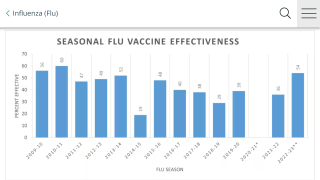Swine Flu Returns to Ohio Fairs

County fair season has returned to Ohio, and so has swine flu. Influenza can spread whenever animals or people congregate, and fairs are no exception.
It is estimated that 150 million people visit agricultural fairs each year in North America.
During June 2017, Ohio state officials ordered 300 hogs slaughtered after the discovery of at least two swine flu cases at the Clinton County Fair. Additionally, fifty hogs at the Franklin County Fair were removed for slaughter, after two animals tested positive for swine flu.
Mark Bruce, the Communications Director at Ohio Department of Agriculture says, “the two incidents weren't related and involved different strains of influenza.” The Franklin County discovery was H1N1, different from the H3N2 influenza virus discovered in Clinton County.
The main swine influenza viruses circulating in U.S. pigs have been, swine triple reassortant (tr) H1N1 influenza virus, trH3N2 virus, and trH1N2 virus. Since H3N2v was first detected in humans in 2011, 376 cases have been reported.
Most of these cases occurring Ohio and Indiana.
Andrew Bowman, veterinarian with the Department of Veterinary Preventive Medicine at The Ohio State University, is in the midst of a seven-year study of 100 county fairs in Ohio, Indiana and Michigan. This study is checking for incidences of Influenza A Virus Infecting Swine (IAV-S).
On average, at least one animal at 25% of county fairs tests positive for swine flu.
IAV-S spreads from animals (not just swine) to humans, but is not considered any more dangerous than other flus, according to the Centers for Disease Control and Prevention (CDC).
Bowman said, “That’s likely what happened July 13 at the Clinton County Fair and the Franklin County Fair July 19, where IAV-S was discovered.”
The CDC and the National Association of Public Health Veterinarians offer the following information and tips on how fair exhibitors and visitors can stay healthy:
- IAV-S can pass from animal to animal or animal to human, and spreads from sneezes or coughs that release droplets.
- While most people recover easily from this influenza, those under 5, over 65, pregnant or immune-compromised are most at risk. These people should avoid pigs and swine barns at fairs.
- Visitors to hog barns should not drink or eat in hog barns and should wash their hands after leaving. Keep the tiny ones out of the hog barns: strollers, pacifiers, bottles and toys should be left out of the barn.
The Ohio Department of Health says it's important to note that flu viruses circulating in pigs do not cause foodborne illnesses and have not been shown to be transmissible to people through eating.
Bruce says the meat will also be safe to eat. "Once the animal’s temperature goes down they are able to be processed as normal," Bruce says.
Leaders at the Ohio Departments of Agriculture (ODA) and Health (ODH) are reminding Ohioans to practice good hygiene when visiting livestock exhibits at country fairs this summer.
“If you have been in contact with swine and are experiencing signs and symptoms of flu-like illness, please consult your medical provider,” said Dr. Terry Holten, Clinton County Health District Medical Director.
“Especially if you are high risk which includes children under 5 years, those with long term health conditions, like asthma and other lung diseases, diabetes, heart disease, weakened immune systems, as well as pregnant women and people 65 years and older,” said Dr. Holten.
Our Trust Standards: Medical Advisory Committee
- Case Count: Detected U.S. Human Infections with H3N2v by State since August 2011
- Swine flu found at Clinton Co. Fair
- Weekly U.S. Influenza Surveillance Report
- OHIOANS URGED TO PRACTICE GOOD HYGIENE AT FAIRS
- Stay healthy at the fair
- Measures to Minimize Influenza Transmission at Swine Exhibitions, 2016
- Information on Swine Influenza/Variant Influenza Virus















